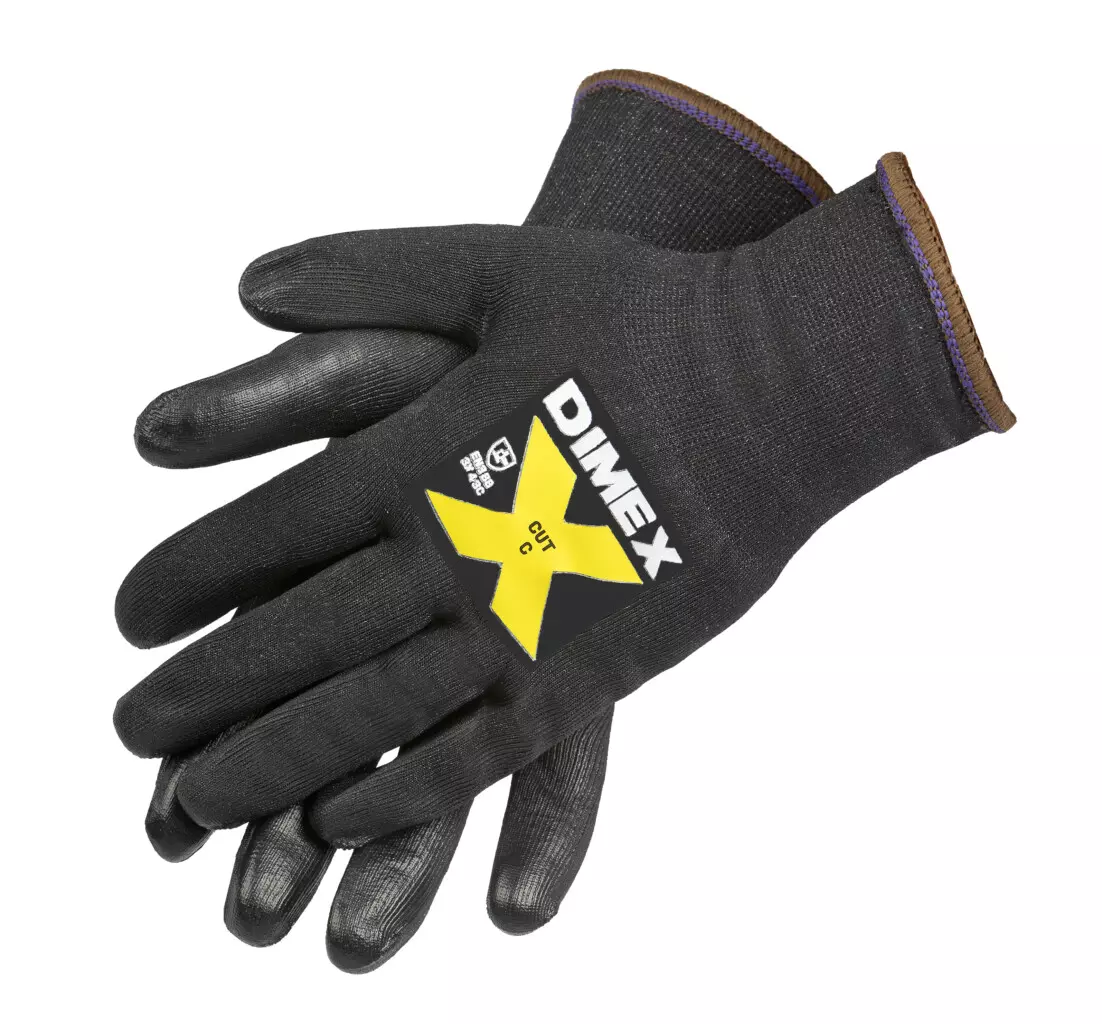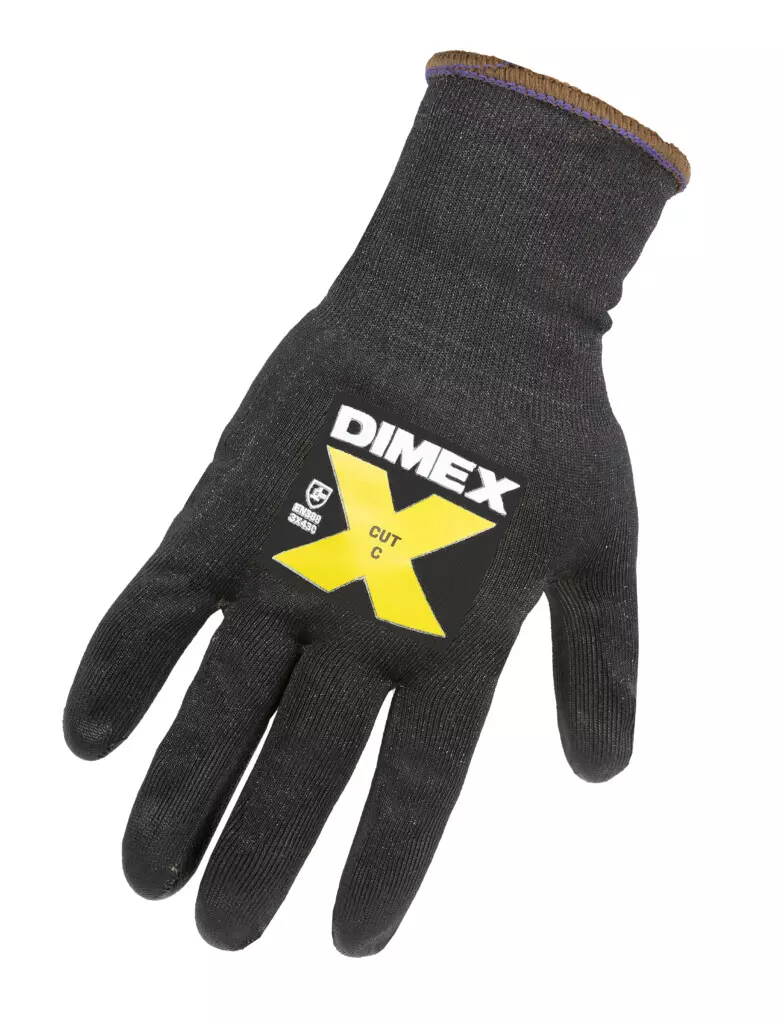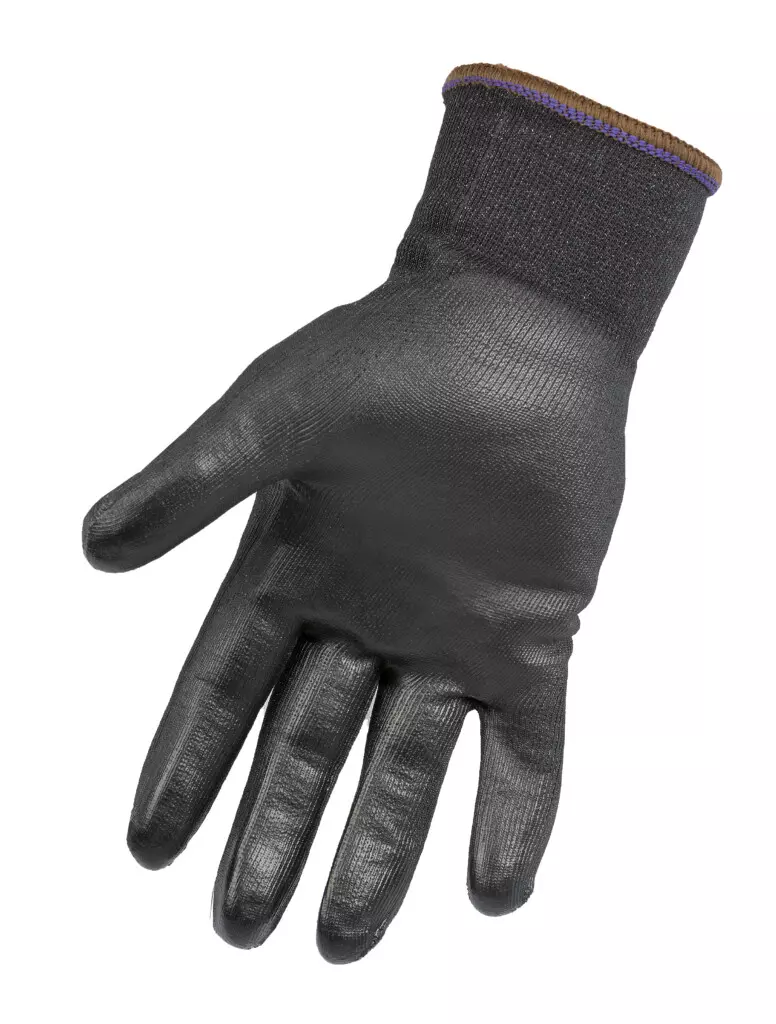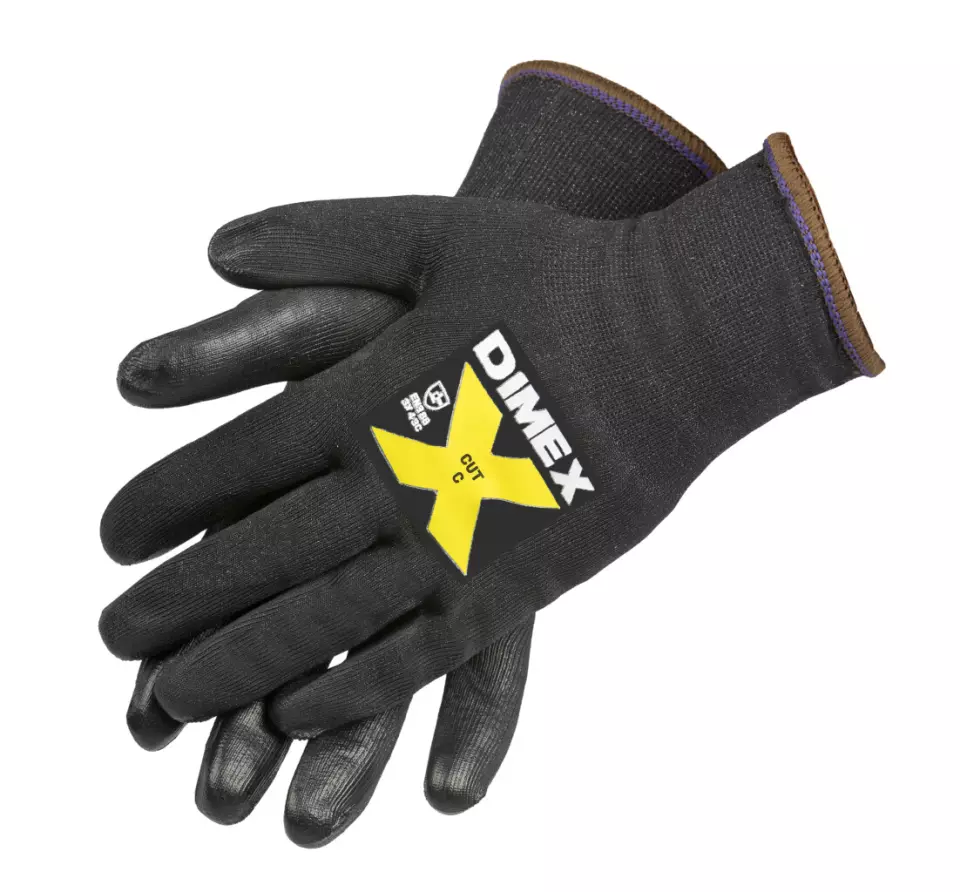


Features You'll Love

Coating Material · Polyurethane (PU)
Coating Coverage · Palm And Finger
The substance applied to glove surfaces to enhance grip, durability, and protection, with different materials suited for various work conditions.
Indicates which areas of the glove have protective coating applied, affecting grip, protection, and dexterity in different parts of the hand.

EN 388 · Puncture Resistance Level 3, Tear Resistance Level 4, Cut Resistance, ISO 13997 Level C
Withstands strong pressure from sharp objects like nails or thick splinters.
Offers the highest level of protection against tearing, withstanding a strong force before ripping.
Offers medium protection against cut risks from handling lightweight metals and plastics.
19,56 €
Choose size
Shipping fee is 7,95 € for orders under 80,00 €
Features You'll Love

Coating Material · Polyurethane (PU)
Coating Coverage · Palm And Finger
The substance applied to glove surfaces to enhance grip, durability, and protection, with different materials suited for various work conditions.
Indicates which areas of the glove have protective coating applied, affecting grip, protection, and dexterity in different parts of the hand.

EN 388 · Puncture Resistance Level 3, Tear Resistance Level 4, Cut Resistance, ISO 13997 Level C
Withstands strong pressure from sharp objects like nails or thick splinters.
Offers the highest level of protection against tearing, withstanding a strong force before ripping.
Offers medium protection against cut risks from handling lightweight metals and plastics.
Product description
Work glove in HPPE and other fibres with PU coating. Cut protection class C. Suitable, for example, for the manufacturing industry, metal and paper industry, construction, installation and warehousing.